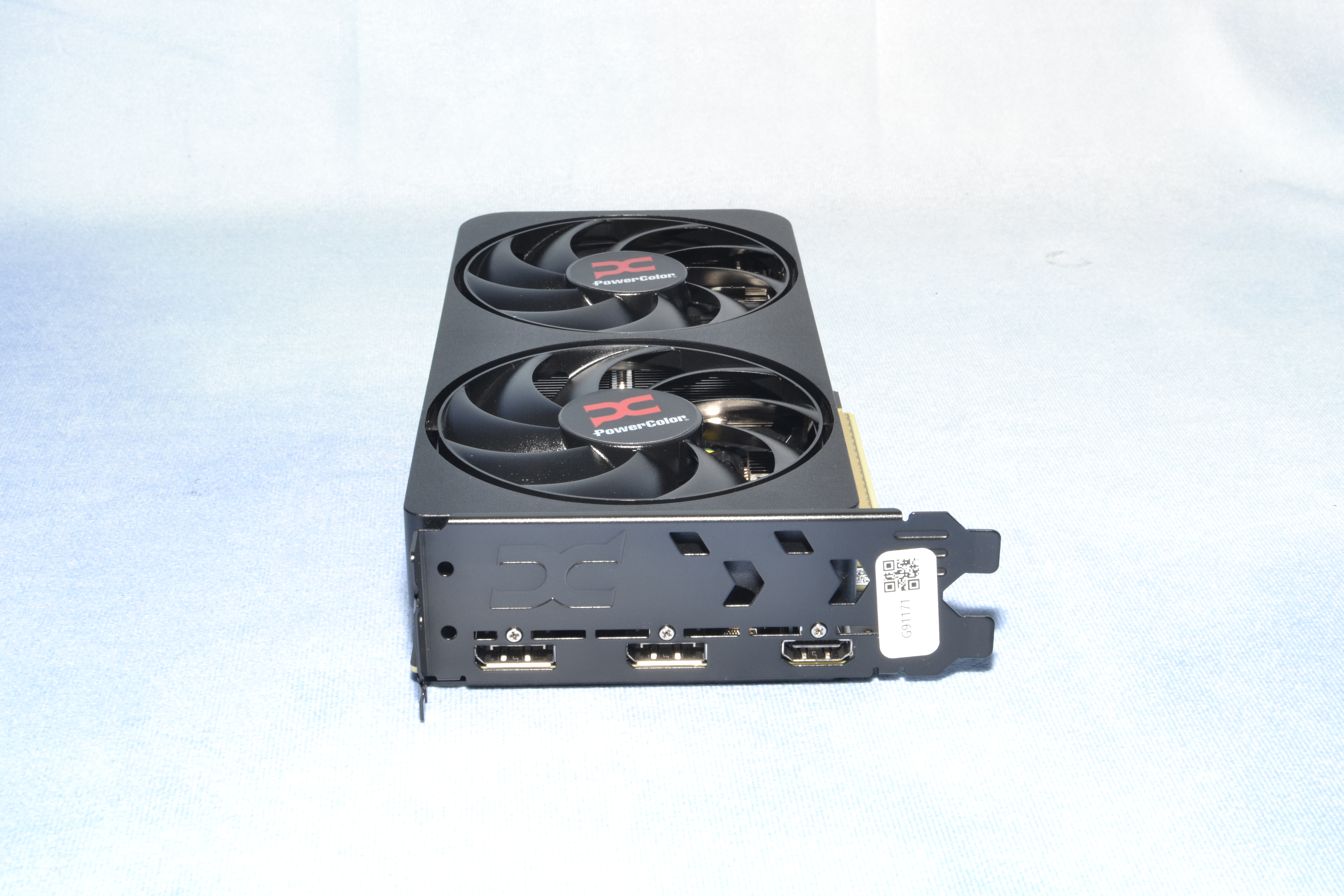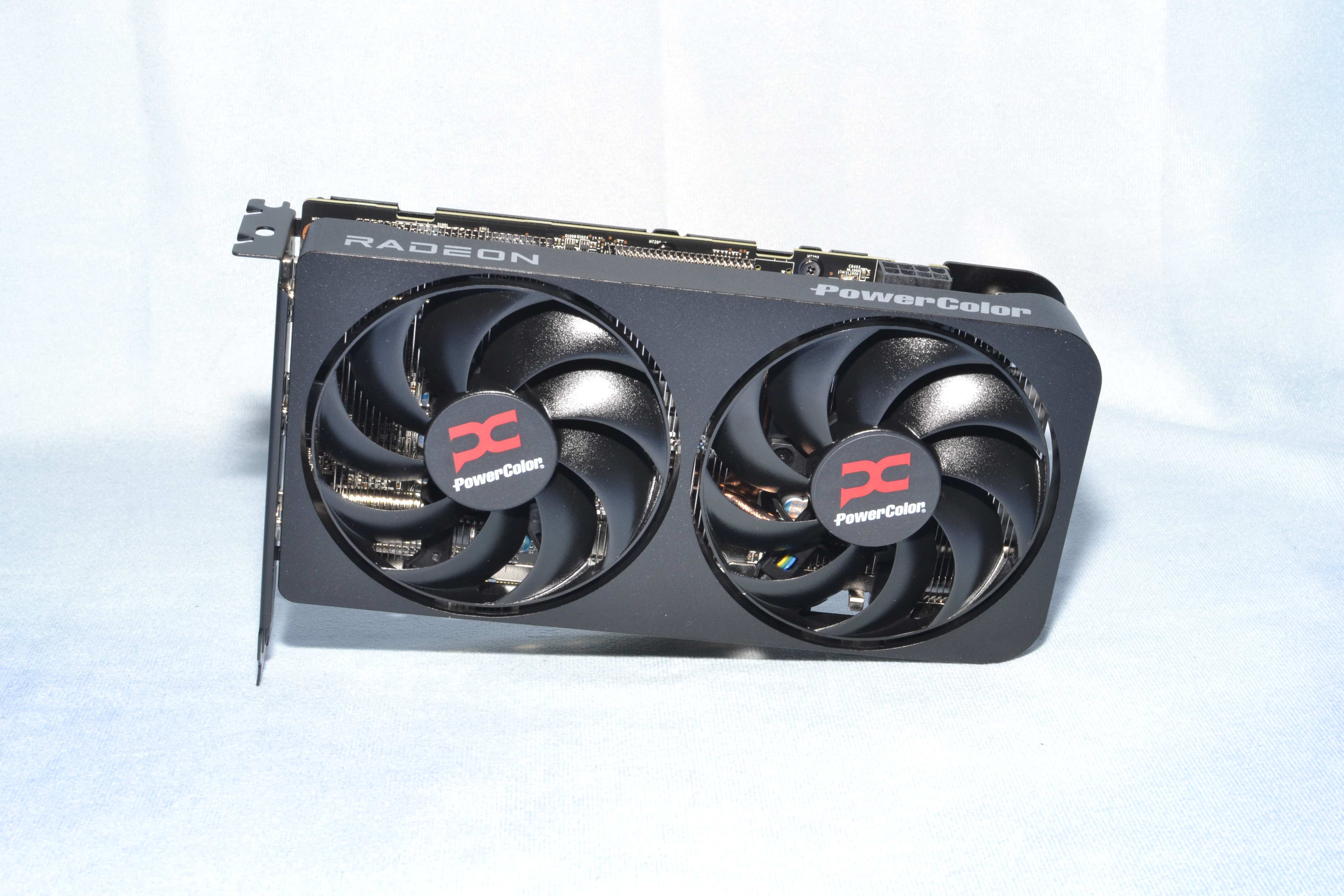Why you can trust Tom's Hardware

AMD’s Radeon RX 9060 XT 16GB has a lot of promise. It’s not held back by insufficient VRAM, and it offers a good level of performance for a seemingly reasonable price. There are a lot of things to take away from this review.
On the one hand, it’s obvious that having 8GB of VRAM can be a serious liability in today's graphics card market. Sure, you can argue that the biggest differences typically happen at settings that aren’t as critical on GPUs that cost under $400, but while 4K ultra settings might seem a bit much right now, there will be future games that will show similar issues at 1440p and even 1080p. It’s the inevitable creep in memory requirements we’ve seen with games over the past few decades.
It’s also not just about games. There are other workloads — AI in particular, but also upscaling and framegen — that need more VRAM. Stable Diffusion XL ran just fine on the RX 9060 XT, but tanked on the RTX 5060 Ti 8GB and RTX 5060. Drivers might improve the situation, but there will still be AI models that can run on a 16GB card but not on an 8GB card. Frankly, that’s probably part of why Nvidia didn’t put more memory on some of its lower tier cards.

The difficulty with the RX 9060 XT 16GB is that, right now, the minimum price we’re seeing for cards that are still in stock is $40 higher than the official MSRP. On paper, it’s supposed to be priced between the RTX 5060 and the RTX 5060 Ti 8GB. In practice, it’s actually slightly more expensive than the 5060 Ti 8GB right now. That’s why we wanted to include both the 5060 and the 5060 Ti 8GB in this review — better late than never.
If you’re absolutely sure that you won’t ever want to run 1440p, maybe the 8GB cards will get the job done. But even looking at 1080p ultra, the charts don’t tell the full story. Sometimes, a game would load up at 1080p ultra and have extremely poor performance. Exiting and restarting would usually clear that up. Other times, while playing a game (or just running benchmarks), performance would suddenly take a nosedive. Those sorts of issues just didn’t happen with the 16GB cards, and rarely with the 12GB cards, but on the 8GB GPUs it’s a regular occurrence.
Back when the RTX 4060 Ti came out, originally in 8GB trim and then with a 16GB variant a month later, we were relatively harsh on the limited gains that 16GB offered. Over the ensuing two years, however, our feelings about the 16GB card have become far more favorable. There’s a lot to be said for having enough VRAM that you generally don’t need to worry about it, and if it’s only $50 extra to double your VRAM, that’s money well spent.
We really wish there were a better middle ground. You can make a good argument that a 128-bit memory interface is sufficient for a budget oriented GPU, but with GDDR6 that limits AMD to either 8GB or 16GB. GDDR7 offers a potential middle ground by using the 3GB (24Gb) modules, though Nvidia has so far opted not to use those outside of the mobile RTX 5090 and the RTX Pro 6000 Blackwell.
Get Tom's Hardware's best news and in-depth reviews, straight to your inbox.
In 2025, for a budget-mainstream GPU, even 12GB makes far more sense than 8GB, a capacity that we’ve seen used in mainstream GPUs since 2015.

If you’re looking for the best $350 (give or take) graphics card right now, AMD’s RX 9060 XT 16GB gets the nod. Nvidia’s RTX 5060 Ti 8GB can offer higher performance at times, particularly at 1080p, but when it comes up short due to lack of VRAM, it often delivers a noticeably inferior experience. Given the choice between being a few percent faster at 1080p but up to 20% slower at 1440p, plus the inconsistencies we’ve noted, we would take the 9060 XT 16GB over Nvidia’s 8GB offerings without a backward glance.
Nvidia could launch an RTX 5060 Ti 12GB (using 3GB GDDR7 chips) in the future, at a similar price to the 9060 XT 16GB, and that would change things. Then the wider support for DLSS plus Nvidia extras like MFG and better AI support would sway our vote. Even now, you can make a reasonable argument for the 5060 Ti 16GB — it’s only $40 more than the 9060 XT 16GB and offers about 7% higher performance. But if you’re looking at the RTX 5060 or 5060 Ti with 8GB, or the RX 9060 XT 16GB? We’d go for the AMD card.
- MORE: Best Graphics Cards
- MORE: GPU Benchmarks and Hierarchy
- MORE: All Graphics Content
Current page: AMD Radeon RX 9060 XT 16GB: plenty of VRAM and bang-for-the-buck, even at current prices
Prev Page AMD Radeon RX 9060 XT 16GB power, clocks, temps, and noiseTom's Hardware is the leading destination for hardcore computer enthusiasts. We cover everything from processors to 3D printers, single-board computers, SSDs and high-end gaming rigs, empowering readers to make the most of the tech they love, keep up on the latest developments and buy the right gear. Our staff has more than 100 years of combined experience covering news, solving tech problems and reviewing components and systems.
-
thestryker While I still feel like there should have only been a single 9060 XT the 16GB is definitely what passes for as a good deal price v perf despite the upsell pricing. Hopefully over the lifetime of the card MSRP will be hit.Reply -
JamesJones44 Feels like if one is going to step up to a 16 GB model, the 5060 Ti looks like a better choice for $40 more. Otherwise one is just looking to save $90 by sticking with the 8 GB model.Reply -
Alvar "Miles" Udell AMD showing again why they don't care about gaining market share: they have a product that can compete with Nvidia, but they don't price it anywhere near what it would take to get people to buy it if they're already Nvidia users.Reply -
palladin9479 I was hoping to see a 9060 XT 16 vs 8 GB charts the same as the 5060 Ti has a way to see where the cutoff is instead of the misinformation that gets spread. It's also entirely what the market cost is gonna be at.Reply -
virgult Reply
That's because it cannot compete. It's a bit worse, for a bit more power, if you're a gamer. Non-gaming workloads run abysmally bad compared to Nvidia, due to AMD's neglect of HIP, ROCm, and any effort to make pro workloads run well.Alvar Miles Udell said:AMD showing again why they don't care about gaining market share: they have a product that can compete with Nvidia, but they don't price it anywhere near what it would take to get people to buy it if they're already Nvidia users.
This is not a competitive product, that's why it should be priced way lower. -
tvargek but don't forget 5060ti has lower performance on older MB's cause of narrow lanes and all those hoping to upgrade their older system with 5060 series should also buy new MB+CPU+MEM to gain full advantage of 5060tiReply -
palladin9479 Replytvargek said:but don't forget 5060ti has lower performance on older MB's cause of narrow lanes and all those hoping to upgrade their older system with 5060 series should also buy new MB+CPU+MEM to gain full advantage of 5060ti
Ehh that really depends. PCI-E bandwidth, which is what you are talking about, is only involved when data gets transmitted from system RAM to GPU VRAM. When you have plenty of VRAM then you really don't need to worry about that, if you are in a VRAM constrained situation which requires graphics resources to be swaped in and out of system RAM across the PCIe bus. PCIe 4 x16 slot is 32GB/s one way, PCIe 5.0 x16 is 64GB/s one way. System memory is much faster and therefor not the bottleneck. Honestly if someone is in such a situation that are you swaping texture data across the PCIe bus, they are already having a bad experience and need to either turn down texture resolution or upgrade to a newer card. -
GravtheGeek I had no problem getting the XFX model of the 16 gig for MSRP ($350) via newegg. Lots of $350 models out there. If you live near a Microcenter it's even better selection.Reply
One major thing to note about the powercolor reaper: it's only 200mm x 39mm for a 16 gb version. That makes it one of the best cards for some smaller SFF builds out there for the money.

